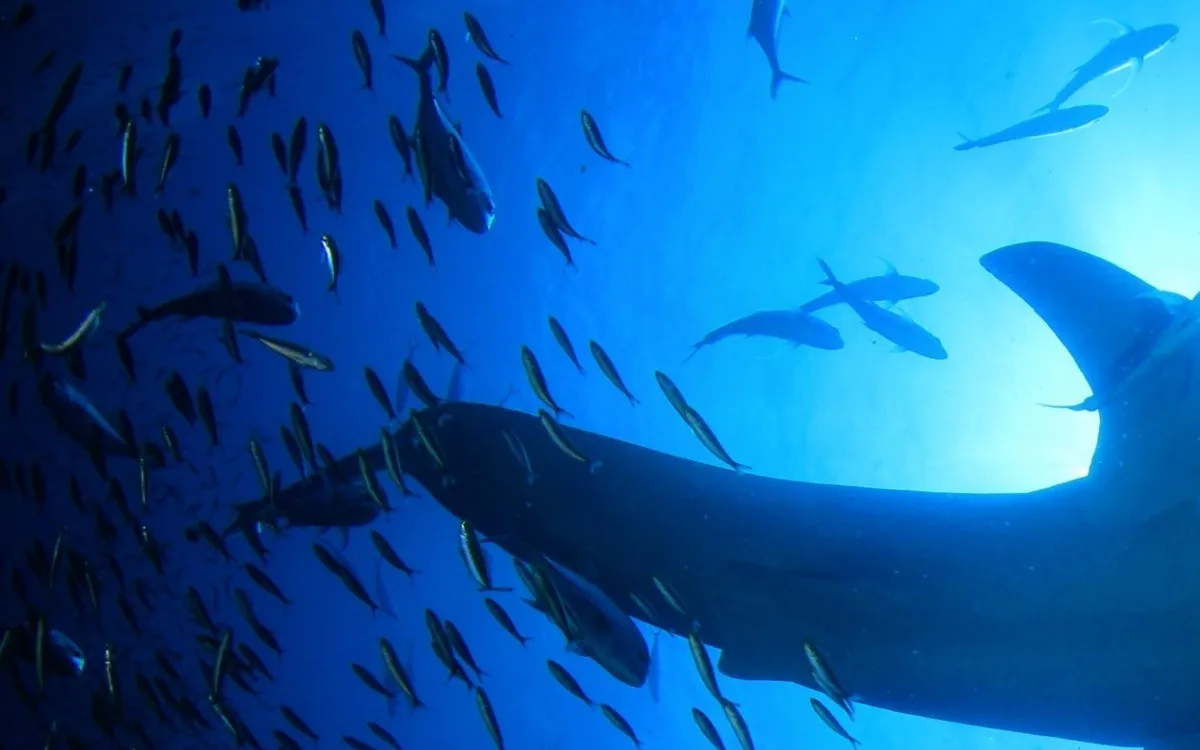
For years, oceanographers have adhered to a basic principle: green water is indicative of abundant microscopic life, while ultramarine blue typically signifies a lack of it. However, a fresh analysis of two decades worth of satellite images presents a compelling narrative that the dividing line between these hues is shifting. This new research indicates that open-ocean waters are becoming progressively greener at high latitudes while simultaneously turning bluer in the tropics and subtropics, signaling a significant rearrangement in the foundation of marine food webs.
The research team, led by Haipeng Zhao, a post-doctoral scholar at Duke University, meticulously analyzed global data collected between 2003 and 2022. This data was sourced from NASA’s MODIS-Aqua instrument, which scans the Earth every two days, measuring subtle shifts in reflected light to reveal chlorophyll concentration at the ocean's surface. By focusing solely on the open ocean and avoiding the optical noise of sediment-rich coastlines, the researchers were able to present a clearer picture of these changes.
“In the ocean, what we see based on satellite measurements is that the tropics and subtropics are generally losing chlorophyll, whereas the polar regions – the high-latitude areas – are greening,” Zhao explained. This translates to a decline in plankton in the warmer, blue waters surrounding the equator, while polar waters are experiencing an increase in productivity.
Analyzing satellite imagery often presents challenges, including cloud cover, sensor dropouts, and variations in daylight. To construct a coherent narrative from this data, Zhao and his colleagues employed statistical tools typically used in economics: the Lorenz curve and the Gini coefficient. Lead investigator Nicolas Cassar, a scientist at Duke, elaborated on this unconventional approach, stating, “We borrowed concepts from economics to see whether the proportion of the ocean that holds the most chlorophyll has changed over time.”
The findings revealed that over the course of twenty years, the areas rich in chlorophyll became greener, particularly in the northern hemisphere, while the blue regions experienced a further decline in pigment.
The observed trend of greener poles and bluer tropics could be interpreted as a straightforward indication of global warming. However, the authors of the study are cautious about making this leap. They compared shifts in chlorophyll concentrations with four environmental variables: sea-surface water temperature, wind speed, light availability, and mixed-layer depth. Among these, only warming showed a consistent correlation with the observed changes in color, while the other factors did not demonstrate a strong association.
Co-author Susan Lozier from Georgia Tech warned against hastily attributing these shifts solely to climate change, noting, “The study period was too short to rule out the influence of recurring climate phenomena such as El Niño. Having measurements for the next several decades will be crucial for determining influences beyond climate oscillations.”
Phytoplankton play a pivotal role in the ocean ecosystem, doing much more than just coloring the waves. Through photosynthesis, these microorganisms absorb carbon dioxide and convert it into organic matter, sequestering carbon when their cells sink. A shift in their geographic distribution could significantly influence this natural carbon pump. Cassar noted, “If carbon sinks deeper or in areas where water doesn’t resurface for a long time, it remains stored for much longer. In contrast, shallow carbon can return to the atmosphere more quickly, reducing the impact of phytoplankton on carbon storage.”
The implications extend to food security as well. Many equatorial nations depend on rich fisheries that rely on plankton blooms. A steady decline in these primary producers could disrupt the entire food web, threatening fish stocks that are vital for both diets and economies. “Phytoplankton are at the base of the marine food chain. If they are reduced, then the upper levels of the food chain could also be impacted, which could mean a potential redistribution of fisheries,” Cassar cautioned.
This study adds the open ocean to a growing list of Earth systems that are exhibiting a poleward ecological drift. Satellite records have already documented expanding forests in high latitudes and stressed vegetation in the subtropics. Now, with the ocean's chlorophyll belt shifting, researchers are witnessing a consistent narrative of planetary change. However, the authors highlight that two decades of data is merely the beginning. Longer observation periods, deeper measurements, and enhanced models of phytoplankton physiology will be essential for accurately predicting the full ecological ramifications of these shifts.
Ultimately, the ocean's color shift serves as a silent yet powerful indicator of change, with green hues emerging in high latitudes and blue tones dominating the equator, as ecosystems undergo a significant transformation. This ongoing reordering of marine life has the potential to reshape climate feedback mechanisms and global fisheries.
This important study has been published in the journal Science.
If you found this article insightful, consider subscribing to our newsletter for more engaging articles, exclusive content, and the latest updates on environmental research. Check out our app, EarthSnap, developed by Eric Ralls and Earth.com, for further exploration of our planet's changes.